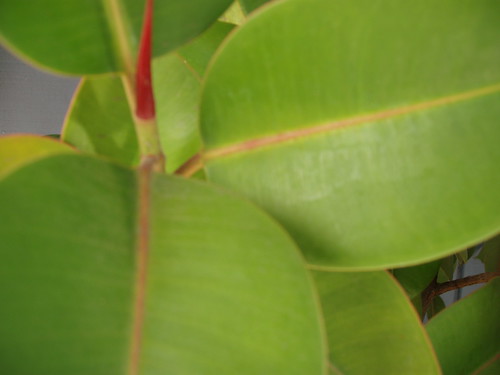 2 and 1/4 cup flour
2 and 1/4 cup flour1 cup sugar
1 cup chopped pecans
1 cup butter, softened
1 egg
10 oz (3/4 cup) raspberry preserves (or any other flavor you wish)
Preheat oven to 350. Combine everything except for the preserves in a bowl. Mix till well combined. Reserve 1 and 1/2 cups of the mixture and set it aside. Press the remaining mixture into a greased 8" square baking pan. Spread jam over pressed mixture, but stay away from the edges, or it tends to burn. Crumble the rest of the mixture over the preserves (this part takes the longest because the dough itself isn't very crumbly, so you'll have to pull it off into little pieces). Bake for 40-50 min until lightly browned. Cool and cut into bars.
~ This is a great recipe to make when your getting company or have an event to go to last minute. I always have these ingredients on hand.



